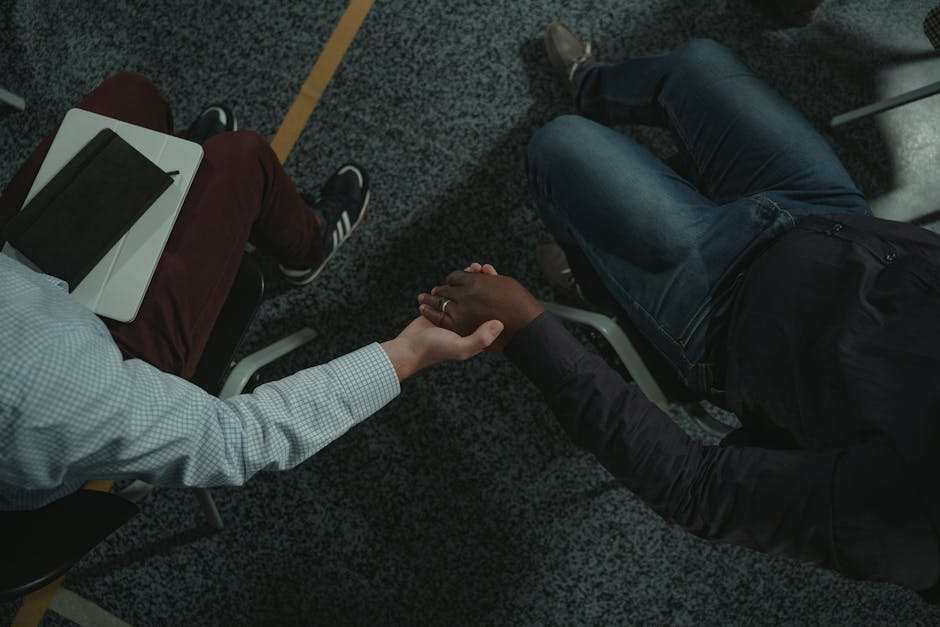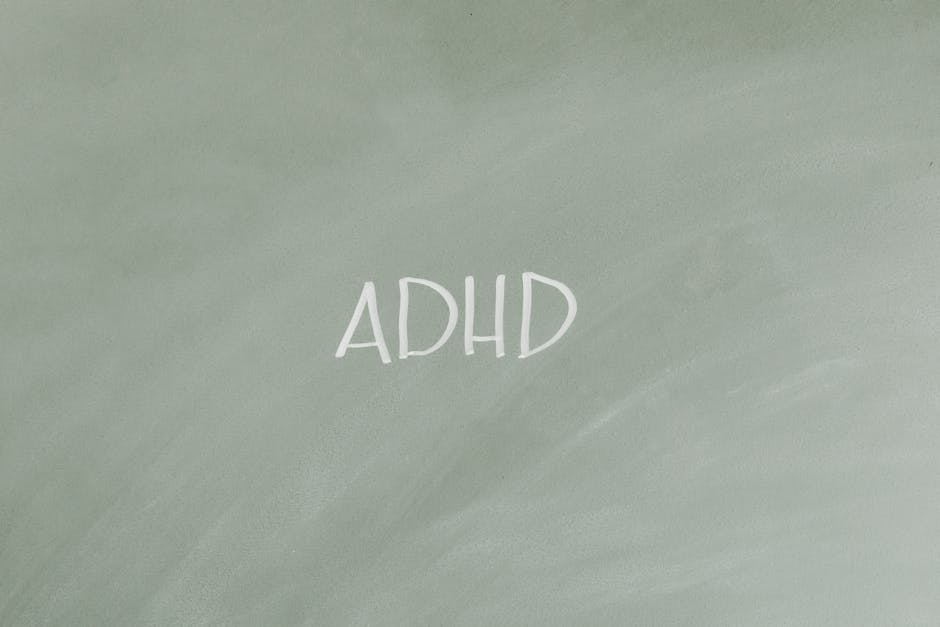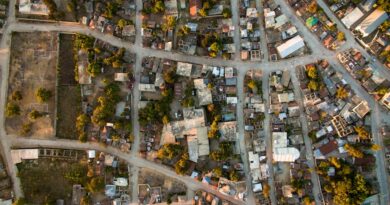Understanding the Psychology of Community Bonds
Communities are the backbone of society, providing individuals with a sense of belonging, support, and connection. The psychology behind community bonds plays a crucial role in shaping our identities, behaviors, and overall well-being. In this article, we will delve into the intricacies of community bonds, exploring their significance, mechanisms, and impact on individuals and society as a whole. Join us on this journey to gain a deeper understanding of how communities shape who we are and how we interact with the world around us.
The Evolution of Community

Communities have been an integral part of human existence since the dawn of civilization. From early hunter-gatherer societies to modern urban neighborhoods, the concept of community has evolved significantly over time. In the past, communities were primarily based on geographic proximity, with individuals forming bonds out of necessity for survival. Today, communities can be formed around shared interests, beliefs, or values, transcending physical boundaries and bringing people together from diverse backgrounds.
One of the key factors that have driven the evolution of community is the need for social connection. Humans are inherently social beings, craving relationships and interactions with others. Community provides a sense of solidarity, cooperation, and mutual support, fostering a sense of belonging and identity among its members. The bonds formed within a community can be incredibly strong, creating a sense of unity and shared purpose that transcends individual differences.
The Psychology of Social Identity

At the core of community bonds lies the concept of social identity, which refers to the part of an individual’s self-concept that is derived from their membership in a social group. Social identity theory, developed by psychologist Henri Tajfel, posits that people categorize themselves and others into social groups based on shared characteristics such as ethnicity, nationality, religion, or interests. By identifying with a particular group, individuals derive a sense of belonging, pride, and self-esteem.
Our social identities play a significant role in shaping our attitudes, behaviors, and interactions with others. In-group favoritism, or the tendency to favor members of one’s own group over outsiders, is a common phenomenon observed in communities. This bias can lead to feelings of loyalty, camaraderie, and cohesion within the group, but it can also contribute to conflicts, prejudice, and discrimination against out-group members.
Understanding the psychology of social identity is essential for fostering inclusive and cohesive communities. By promoting a sense of belonging and acceptance among all members, communities can build stronger bonds and promote unity in diversity.
The Impact of Community on Mental Health

Research has shown that strong community bonds can have a positive impact on mental health and well-being. Individuals who feel connected to their communities tend to have lower levels of stress, anxiety, and depression. Social support networks within communities can provide a buffer against life’s challenges, offering emotional, practical, and informational support to those in need.
Loneliness and social isolation, on the other hand, have been linked to a host of negative health outcomes, including increased risk of heart disease, cognitive decline, and premature death. In today’s fast-paced, digitally-driven world, many people struggle to find meaningful connections and a sense of belonging. Building and nurturing community bonds can help combat feelings of loneliness and isolation, promoting mental health and overall well-being.
The Role of Leadership in Building Community Bonds

Leadership plays a crucial role in fostering strong community bonds and promoting a sense of unity among members. Effective leaders are able to inspire, motivate, and empower individuals to work towards a common goal. By creating a shared vision, setting clear goals, and facilitating open communication, leaders can help build trust, cooperation, and collaboration within a community.
Community leaders must also be mindful of inclusivity and diversity, ensuring that all voices are heard and valued. By creating a safe and welcoming environment for all members, leaders can foster a sense of belonging and acceptance, strengthening community bonds and promoting a culture of respect and understanding.
Building Resilience Through Community Bonds
Communities play a vital role in building resilience and helping individuals cope with adversity. In times of crisis or hardship, the support and solidarity of a community can provide a sense of hope, comfort, and strength. By coming together to support one another, individuals can overcome challenges, bounce back from setbacks, and emerge stronger than before.
Resilient communities are able to adapt to change, navigate uncertainty, and thrive in the face of adversity. By fostering connections, empathy, and mutual support, communities can build a foundation of resilience that enables individuals to weather life’s storms and emerge more united and resilient than ever.
Expert Opinions: Insights from Community Psychology Professionals
We reached out to leading community psychology professionals to gain their insights on the psychology of community bonds. Dr. Sarah Johnson, a renowned community psychologist, emphasized the importance of social connections in promoting mental health and well-being.
“Communities are a source of strength and support for individuals, providing a sense of belonging and connection that is essential for our emotional and psychological well-being,” Dr. Johnson stated. “By building strong community bonds, we can create a more resilient and inclusive society that values diversity and fosters unity.”
Dr. Michael Lee, a community development expert, highlighted the role of leadership in fostering community bonds. “Effective leadership is key to building cohesive and resilient communities,” Dr. Lee noted. “Leaders must be able to inspire and motivate others, create a shared vision, and empower community members to work together towards common goals.”
Common Misconceptions About Community Bonds
Despite the numerous benefits of community bonds, there are some common misconceptions that can hinder their development and sustainability. One prevalent misconception is that communities are homogenous and exclusionary, catering only to certain groups of people. In reality, communities can be diverse, inclusive, and welcoming to individuals from all backgrounds.
Another misconception is that community bonds are purely based on proximity or shared interests, neglecting the role of social identity and belonging. While geographic proximity and shared interests can facilitate the formation of community bonds, social identity and a sense of belonging are critical factors in building strong, cohesive communities.
FAQs: Answering Your Burning Questions About Community Bonds
1. What are the benefits of strong community bonds?
Strong community bonds can promote mental health and well-being, foster resilience, create a sense of belonging and identity, and provide social support in times of need.
2. How can I build community bonds in my neighborhood?
You can build community bonds in your neighborhood by organizing community events, volunteering for local causes, joining community groups or clubs, and getting to know your neighbors on a personal level.
Conclusion
To wrap things up, understanding the psychology of community bonds is essential for building strong, resilient, and inclusive communities. By exploring the evolution of community, the psychology of social identity, the impact of community on mental health, the role of leadership, and building resilience through community bonds, we can gain valuable insights into the power of community in shaping our lives and society.
As we navigate the complexities of our modern world, the importance of community bonds cannot be overstated. By fostering connections, promoting inclusivity, and building a culture of support and solidarity, we can create a more compassionate, resilient, and united society where all individuals feel valued, heard, and supported. Let us embrace the power of community bonds to create a brighter future for ourselves and generations to come.




